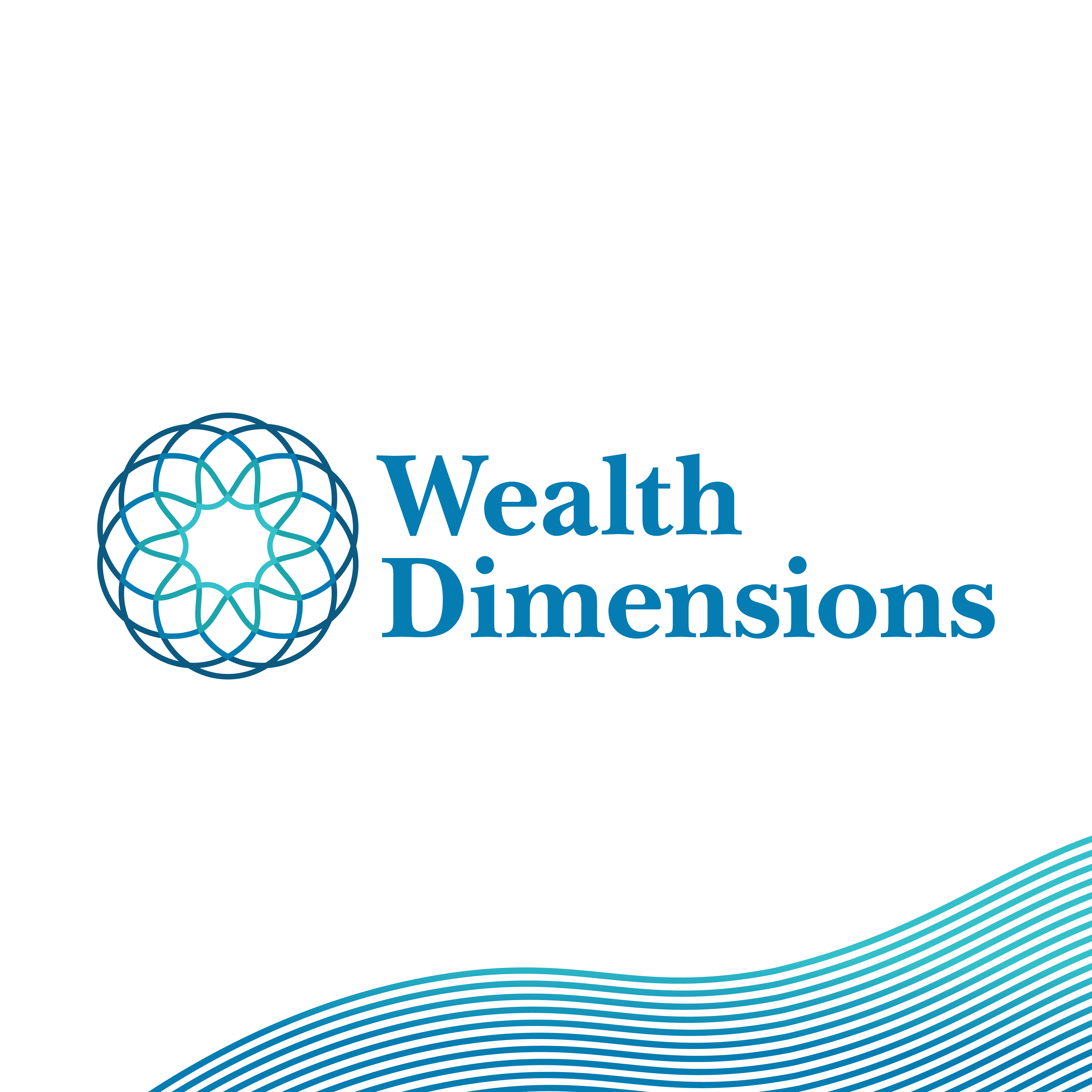While most of us are considered rational beings, why is it that we can find ourselves making less than ideal financial choices? Traditional economic theory assumes that we make our decisions under model conditions with complete knowledge of our choices and outcomes. This is not generally the case, and that’s where behavioral economics offers some insight. Behavioral economists have researched why people often make choices against their best interests, even when they know better.
Traditionally it was thought that people make unbiased decisions that optimize their welfare, evaluating the potential risks and gauging costs and benefits for both the short and long term. According to this theory, a person who makes a poor choice just needed more information to make a better, more informed decision. This unfortunately doesn’t hold true. More information doesn’t lead directly to good financial decisions. In fact, too much information can lead to more confusion and less than optimal choices.
To understand this, behavioral economists, such as Richard Thaler, Daniel Kahneman and Amos Tversky, used insights from psychology to study why people make choices that appeared not to align with the resulting consequences. They discovered that people act in less that rational ways than expected, but in ways that are systematic and predictable.
What drives our decisions?
According to the behavioral economists, one reason we opt for a less than ideal choice relates to hyperbolic discounting. Simply put, we overvalue the current satisfaction, taking the payoff now, and undervalue the future benefit that requires waiting, but can result in a larger payoff at a later date. Essentially, we value money more in the present than in the future. This also explains why some people make purchases using credit cards and end up carrying big balances with high interest payments over the long run.
Another contributing factor Identified by behavioral economics is default bias, where people stay with the status quo rather than moving to another more beneficial option. Researchers uncovered that default bias plays a large part in determining whether employees participate in a 401(K) plan. In this study, the default option was non-participation, requiring employees to take action to participate. By redefining the default to automatic participation, participation in the 401(K) plan increased significantly.
Additionally, by examining how we communicate and frame choices, behavioral economists have gained insight into what influences our decisions. Researchers looked at how a risky loan framed within a negative message can stall borrowers from going forward. Also, if too many options are offered, people become overwhelmed, often delaying their decision.
Dan Ariely, a behavioral economist and author of Predictably Irrational, suggests that “people don’t know what they want unless they see it in context.” An example that he uses is Starbucks. They created a whole new language and atmosphere around coffee, making it feel different. People didn’t associate this with typical coffee and were willing to pay more for their products.
Making better financial decisions
By realizing the irrational financial traps that are out there, we can overcome these obstacles and make financial decisions that work in our favor. Behavioral economics helps us take back control. When making decisions about your financial future, it’s important to stop and think about what influences are impacting your financial choices. You also need to put these into context by identifying concrete goals that define specifics, helping you see how your current choices directly impact your future ones.
